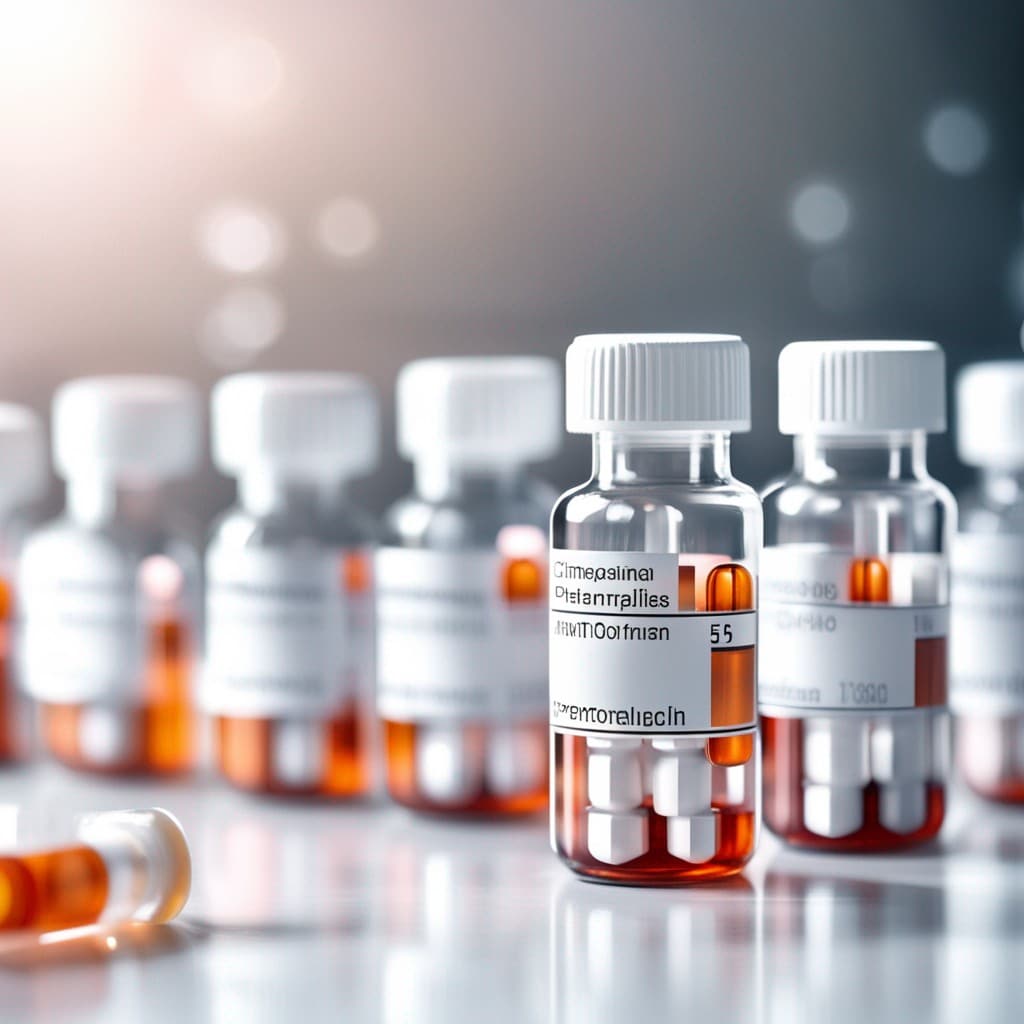Home / Excipient Impurities
In the realm of pharmaceutical formulations, where drugs take shape and therapeutic potential is realized, there exists a lesser-known entity that deserves our attention: excipient impurities. These elusive substances, woven into the very fabric of medications, can play a pivotal role in the overall quality and safety of pharmaceutical products. Join us on an exhilarating expedition as we venture into the uncharted territory of excipient impurities, unraveling their impact, detection methods, regulatory considerations, and strategies to navigate this complex landscape.
Imagine a symphony where excipients dance harmoniously with active pharmaceutical ingredients, creating the perfect balance of stability, bioavailability, and efficacy. However, within this intricate composition lies a twist. Excipient impurities, like mischievous notes, can disrupt the melody. These impurities can arise from various sources, including the excipient manufacturing process, storage conditions, or interactions with other components. Their presence can compromise the final pharmaceutical formulation’s quality, safety, and effectiveness.
Contamination, a common route for the introduction of excipient impurities, poses a significant challenge. Contaminants such as residual solvents, heavy metals, or microbial agents can infiltrate excipient raw materials, leaving an indelible mark on the final product. This unwelcome intrusion can lead to adverse effects, diminished therapeutic outcomes, and potential risks to patient health.

In the world of pharmaceuticals, regulatory agencies set forth guidelines to ensure the control and mitigation of excipient impurities. These guidelines emphasize the importance of excipient quality, impurity identification, risk assessment, and control strategies. Compliance with these regulatory requirements is crucial for obtaining approvals and maintaining the highest standards of pharmaceutical product safety.
Peering through the veil of complexity, we turn to analytical techniques that empower us to detect and quantify excipient impurities, ensuring the integrity of pharmaceutical formulations.
Performance Liquid Chromatography (HPLC) and Gas Chromatography (GC). HPLC, akin to a skilled investigator, separates and analyzes excipient impurities with precision and accuracy. Its ability to unravel complex mixtures allows us to identify impurities, measure their concentration, and assess their impact on product quality.
On the other hand, GC unveils the volatile nature of impurities, employing the power of vaporization and separation. Like an alchemist transforming substances, GC enables us to identify volatile impurities, providing crucial insights into the formulation’s safety and efficacy.
Beyond chromatography, spectroscopic techniques such as Fourier Transform Infrared Spectroscopy (FTIR) and Ultraviolet-Visible Spectroscopy (UV-Vis) offer valuable glimpses into the molecular structure and composition of excipient impurities. By analyzing the unique absorption and reflection patterns of these impurities, spectroscopy equips us with vital information for characterization and quality assessment.
With our analytical arsenal in hand, we delve into strategies to navigate the intricate terrain of excipient impurities, ensuring the highest standards of pharmaceutical product quality.
The journey begins with the careful qualification and selection of excipients. Robust supplier qualification processes, thorough evaluation of raw material quality, and clear specifications help mitigate the risk of impurity introduction. By choosing excipients with a proven track record and low impurity profiles, we lay a strong foundation for product integrity.
Process optimization serves as a powerful tool to minimize impurity formation during manufacturing. By fine-tuning processing parameters, optimizing equipment design, and implementing robust control strategies, we can reduce the likelihood of impurity generation. This precision craftsmanship ensures that the final formulation is imbued with the utmost purity and quality.
Peering into the crystal ball of stability studies, we gain valuable insights into the long-term behavior of pharmaceutical formulations. These studies, conducted under various environmental conditions, unveil the vulnerability of excipients to degradation and impurity formation. Armed with this knowledge, we can proactively design formulations that withstand the test of time, preserving their efficacy and safety.
In the intricate tapestry of pharmaceutical formulations, excipient impurities weave their intricate patterns. Understanding their nature, impact, and detection methods equips us with the tools to nurture the essence of quality. By embracing regulatory guidelines, leveraging advanced analytical techniques, and implementing robust strategies, we can navigate this uncharted territory with confidence. Together, let us embark on this journey, safeguarding the purity, safety, and efficacy of pharmaceutical formulations.
Excipient impurities are undesired substances that may be present in pharmaceutical formulations due to various factors, including manufacturing processes, storage conditions, or interactions with other components. These impurities can impact the quality, safety, and effectiveness of the final product.
Analytical techniques such as High-Performance Liquid Chromatography (HPLC), Gas Chromatography (GC), and spectroscopy (FTIR, UV-Vis) are commonly employed to detect and quantify excipient impurities in pharmaceutical formulations.
Regulatory agencies provide guidelines for controlling excipient impurities, emphasizing excipient quality, impurity identification, risk assessment, and control strategies. Compliance with these regulations is crucial for ensuring the safety and efficacy of pharmaceutical products. < ol start=”4″>
Strategies for impurity control include rigorous supplier qualification, careful selection of excipients with low impurity profiles, process optimization, and stability studies. These measures help minimize the introduction and formation of excipient impurities.
Controlling excipient impurities is vital to maintain the quality, safety, and efficacy of pharmaceutical formulations. By mitigating impurity risks, we ensure that patients receive medications of the highest standards, free from potential harm or compromised effectiveness.
Address
Plot No. CP-135, Pimpri-Chinhwad MIDC, Pune-411019, Maharashtra, India.
© 2014-2024 SynThink Research Chemicals. All Rights Reserved.

Register to add the product to RFQ list
Already have an account? Log in here
Don’t have an account? Register here